A bear market is a term no investor likes to hear. Defined as a market drop of 20% or more from recent highs, it can wreak havoc on retirement portfolios and cause a lot of sleepless nights for retirees who rely on their investments for income. But what if there was a way to ride out the downturn without selling investments at a loss? For homeowners aged 62 and older, a reverse mortgage might be just the lifeline they need.
Let’s explore how a reverse mortgage can help retirees combat the challenges of a bear market—and even strengthen their long-term financial health.
The Bear Market Dilemma
When the market plunges, most retirees face a tough choice: continue drawing income from their investment portfolio (potentially locking in losses) or cut back on spending and risk lowering their quality of life. Selling stocks during a downturn can severely impact the longevity of a portfolio—a problem known as sequence of returns risk. This is where timing, not just the amount you withdraw, plays a crucial role in how long your nest egg lasts.
In a bear market, the more you withdraw from your shrinking portfolio, the harder it is for that portfolio to recover when the market rebounds. That’s where a reverse mortgage comes into play.
What Is a Reverse Mortgage?
A reverse mortgage, specifically a Home Equity Conversion Mortgage (HECM), is a federally insured loan available to homeowners aged 62 and older. It allows them to tap into their home equity and receive payments—either as a lump sum, monthly income, or a line of credit—without having to sell their home or make monthly mortgage payments.
The loan is repaid when the homeowner sells the home, moves out, or passes away. Until then, they retain ownership and can live in the home as long as they meet the loan requirements (like paying property taxes and maintaining the home).
Using a Reverse Mortgage During a Bear Market
So, how does a reverse mortgage help during a downturn?
The key benefit lies in flexibility and timing. Instead of pulling money from a falling portfolio, retirees can draw funds from their home equity—giving their investments time to recover. Once the market stabilizes and rebounds, they can return to withdrawing from their portfolio or even use gains to pay back the reverse mortgage if they choose.
Here are three smart ways to use a reverse mortgage during a bear market:
1. Establish a Standby Line of Credit
One powerful strategy is to set up a HECM line of credit in advance—before it’s urgently needed. This credit line grows over time, regardless of changes in home value, and is available to tap when the market is down. Think of it as a financial safety net. When your portfolio is under pressure, you can draw from the line of credit instead of selling investments.
2. Supplement Income Temporarily
If you rely on your portfolio for monthly income, consider using reverse mortgage payments during a downturn to replace or reduce your withdrawals. This helps avoid selling stocks at a loss and gives your portfolio a better shot at long-term growth.
3. Delay Social Security
Some retirees may also use reverse mortgage proceeds to delay claiming Social Security. Each year you delay benefits past full retirement age (up to age 70), your monthly benefit increases—permanently. By tapping home equity to cover living expenses for a few years, you can lock in higher Social Security payments later on.
Things to Consider
While reverse mortgages offer compelling benefits, they’re not for everyone. It’s important to consider:
- Costs and fees: Reverse mortgages come with upfront costs, including insurance and origination fees.
- Impact on inheritance: Home equity will be reduced, which may affect what you leave behind for heirs.
- Eligibility: You must meet age, homeownership, and financial requirements.
Work with a certified financial planner or reverse mortgage specialist to see if this strategy fits your broader retirement plan.
The Bottom Line
In uncertain markets, flexibility is power. A reverse mortgage isn’t a silver bullet, but it can be a smart tool in a retiree’s arsenal—especially when markets take a nosedive. By giving your investment portfolio room to breathe, you increase the odds that your retirement savings will last.
If you’re a homeowner over 62, now might be the time to explore how your home’s equity can help you stay resilient, reduce financial stress, and ride out the next bear market with confidence.
Always consult with a financial advisor before making any major financial decisions. Reverse mortgages are complex financial products and should be evaluated as part of an overall retirement strategy.

